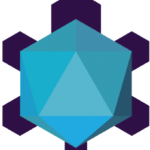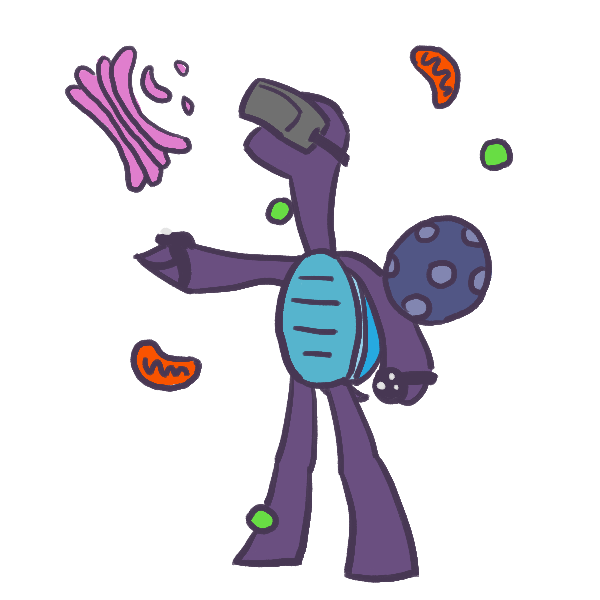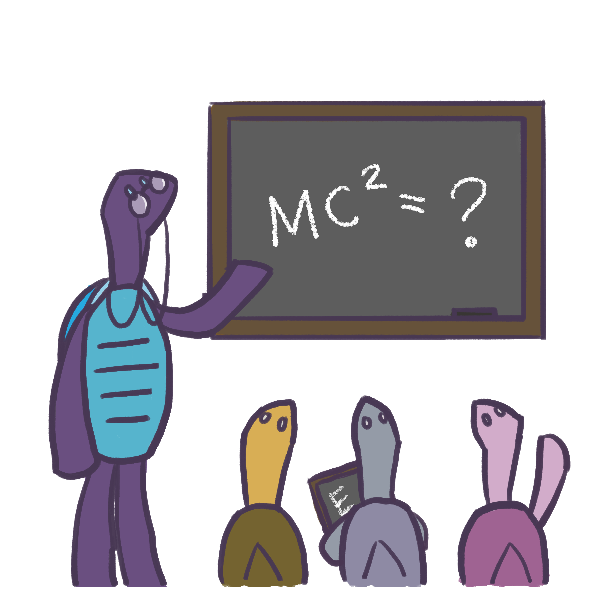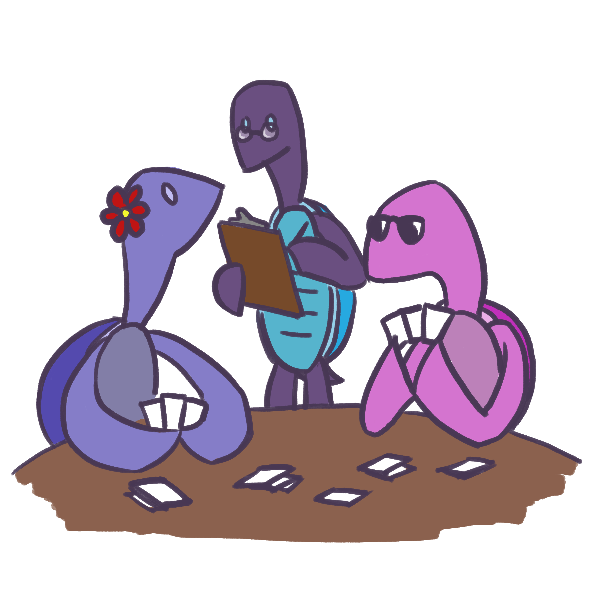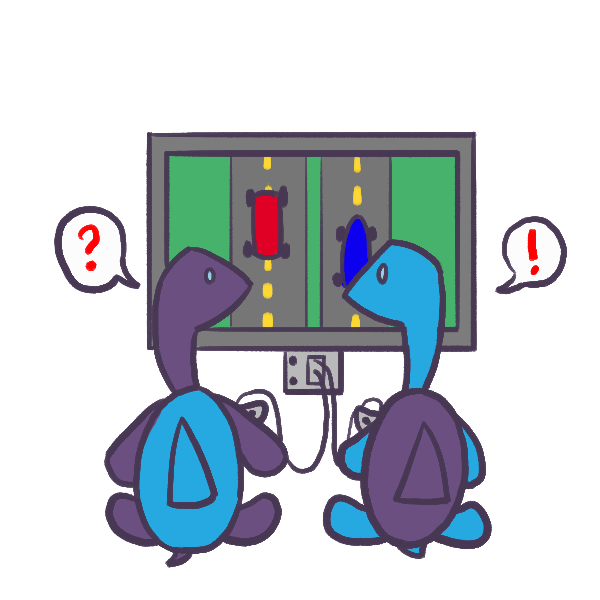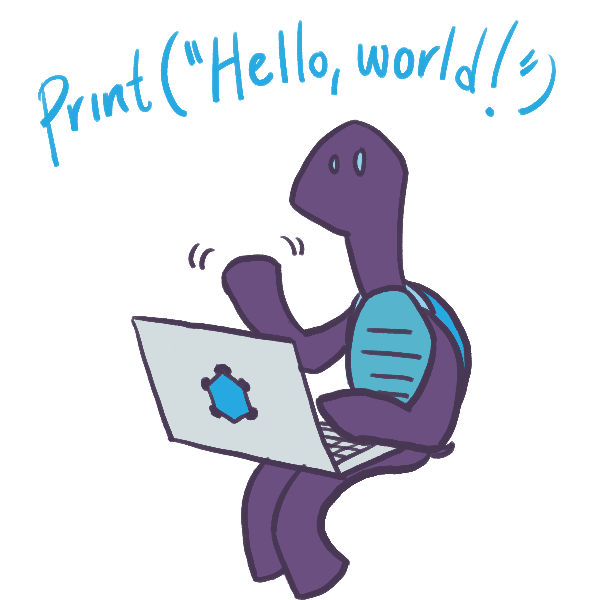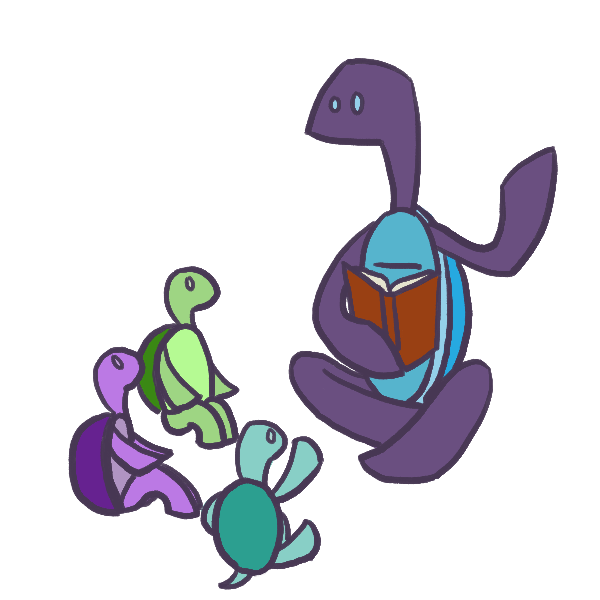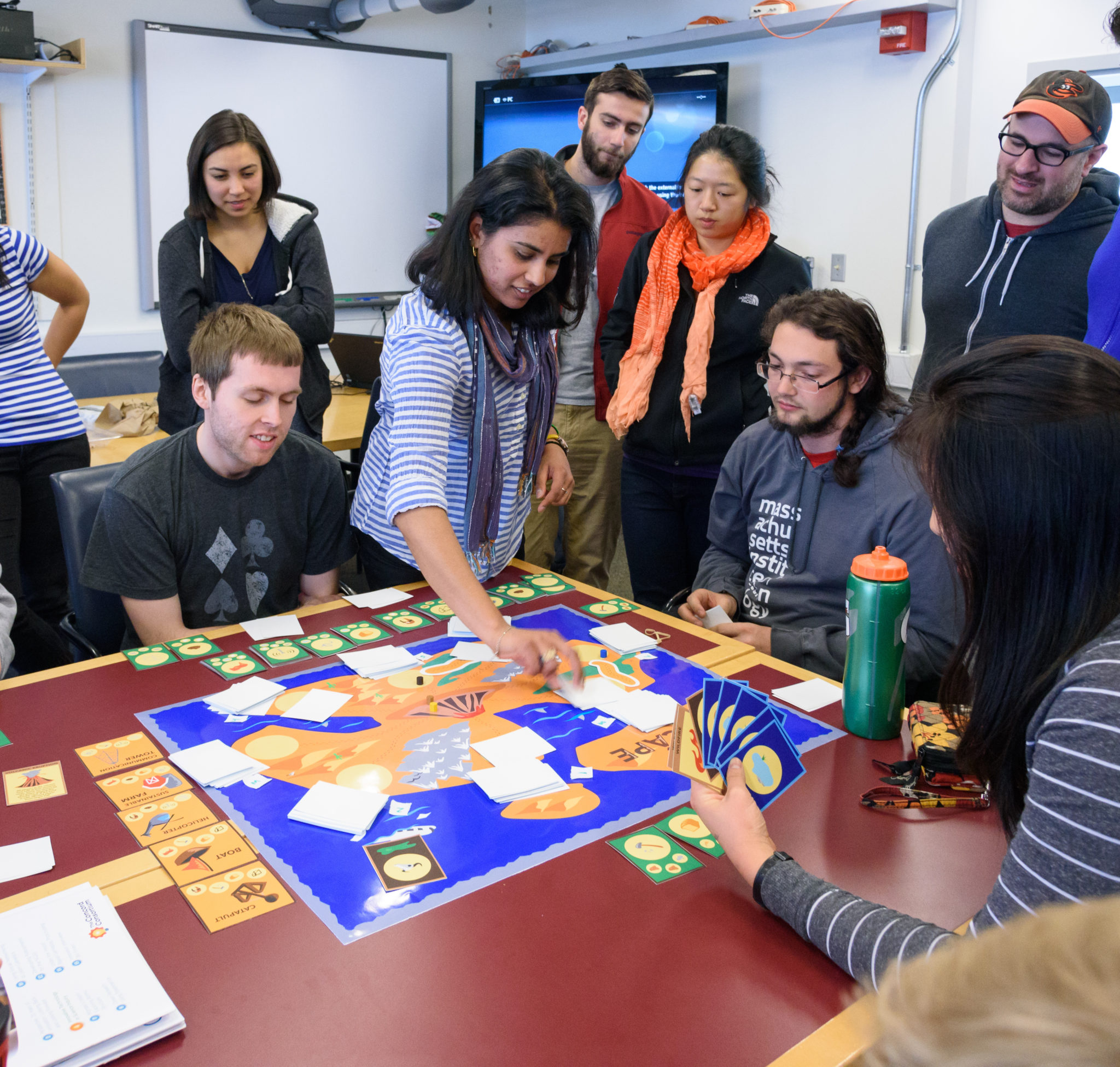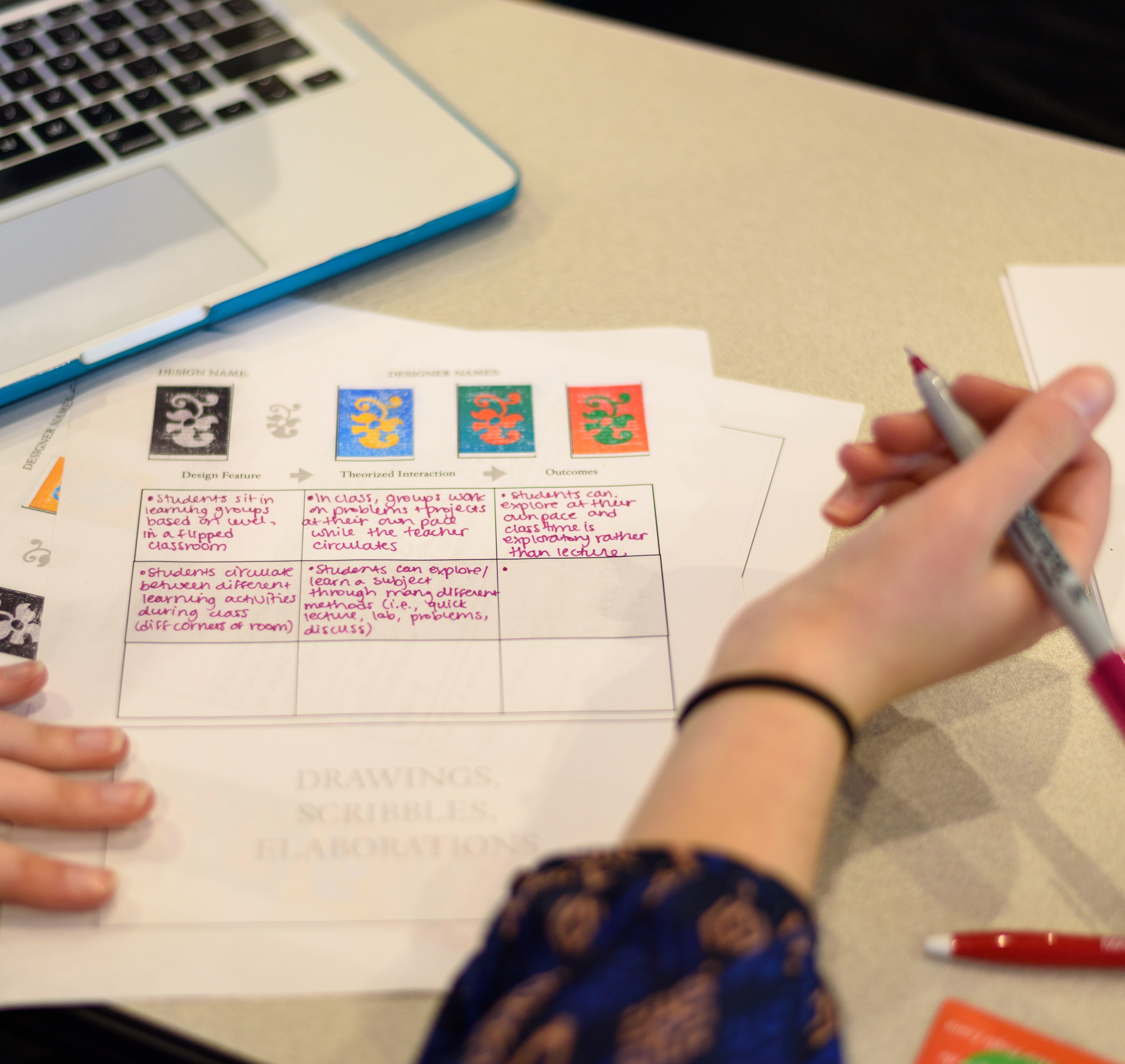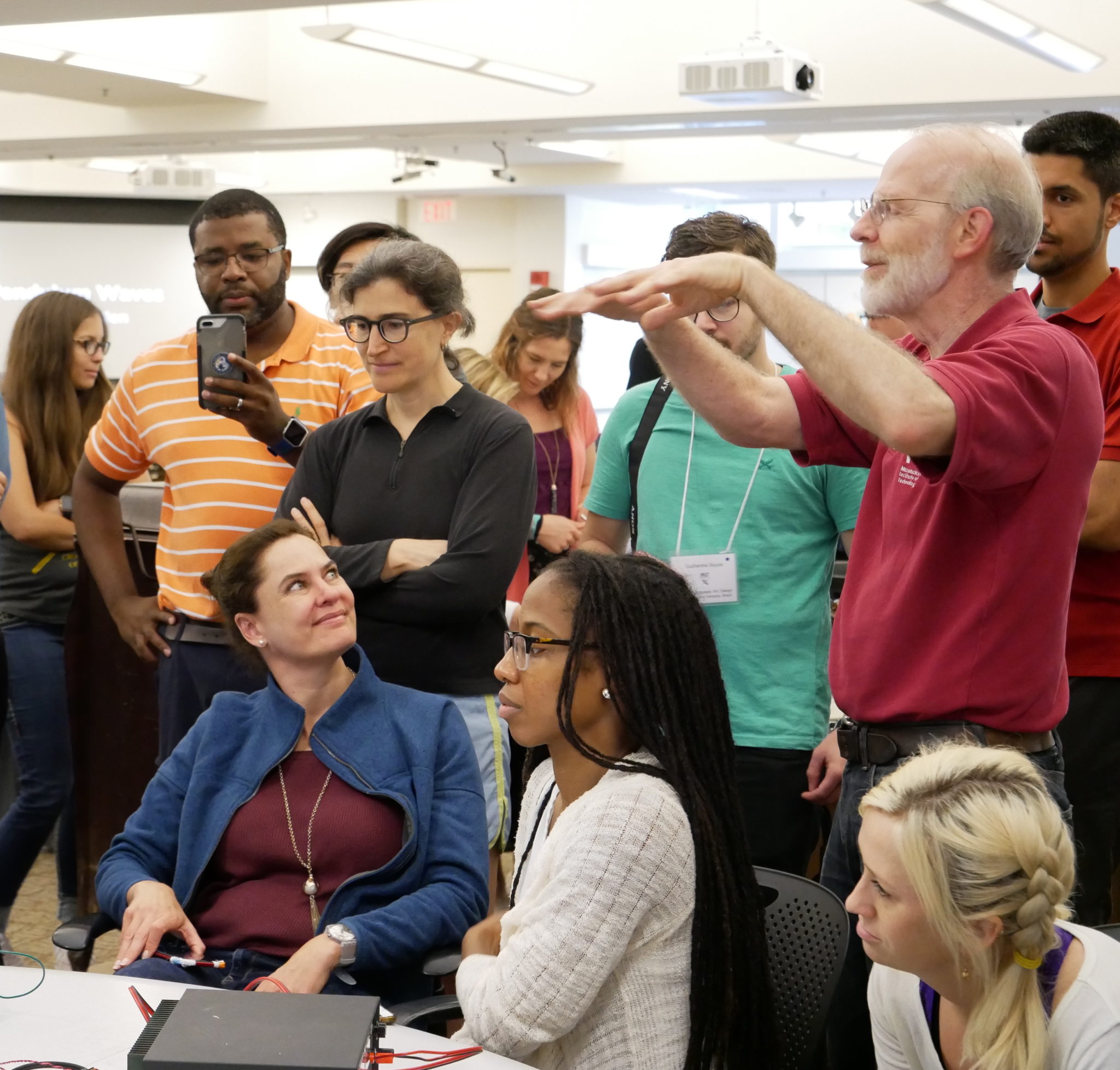by Eric Klopfer, Justin Reich, Hal Abelson, and Cynthia Breazeal Abstract: In November of 2022, a Silicon Valley company launched an invention that could complete students’ homework for them. Available only to subscribers at first, Read more…
Our Mission
The MIT Scheller Teacher Education Program and The Education Arcade focus on creating playful, powerful learning experiences using the affordances of new educational technologies. We leverage design-based research to study and develop solutions to pervasive challenges in teaching and learning
Design and Create New Experiences
We use games and other tools to help kids experiment, explore, and build math and science skills.
Implement and Scale Experiences
We use technology to create powerful learning environments in schools, in the home, and in the community.
Develop Capacity for New Experiences
We work with schools, governments, NGOs and other organizations to help them learn new design and development skills and build teacher support capacity.
Latest News
Here is what is going on in The Scheller Teacher Education Program and The Education Arcade.
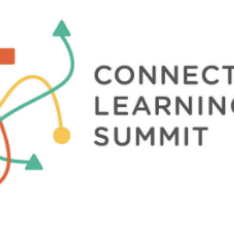
Lab facilitates workshop at Connected Learning Summit conference entitled “Why does it have to be a game?”
Scot Osterweil and Judy Perry facilitated a workshop at the Connected Learning Summit conference entitled “Why does it have to be a game?” on Friday, October 27, 2023. Program Description: There was a time when we Read more…
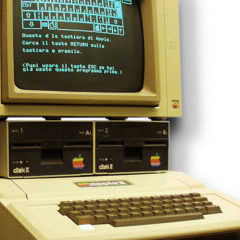
NEW CLASS ANNOUNCEMENT! CS.forward(): trace the past, plot the future of K-12 CS education
The lab is excited to announce a new class that will be offered this fall! CMS.S61/S97 – CS.forward(): trace the past, plot the future of K-12 CS education. Meeting times: Tuesday/Thursday 1-2:30 pm (in room E25-117) Read more…
